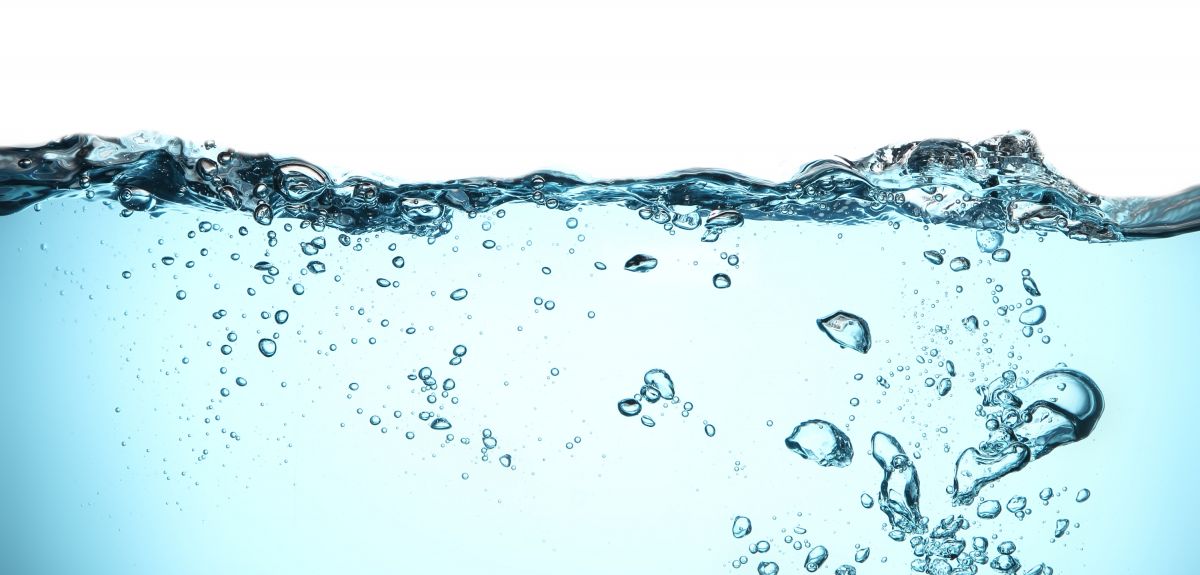
Photo credit: Shutterstock
How to pop open soft nanoparticles using sound waves
By Shamit Shrivastava and Robin Cleveland
Ultrasound has long been an important tool for medical imaging. Recently, medical researchers have demonstrated that focused ultrasound waves can also improve the delivery of therapeutic agents such as drugs and genetic material. The waves form bubbles that make cell membranes - as well as synthetic membranes enclosing drug-carrying vesicles - more permeable. However, the bubble-membrane interaction is not well understood.
Soft lipid shells, insoluble in water, are a key component of the barrier that surrounds cells. They are also used as drug nanocarriers: nanometer size particles of fat or lipid molecules that carry the drug to be delivered locally at the diseased organ or location, and which can be injected inside the body.
The lipid shell can be “popped” by soundwaves, which can be focused to a spot around the size of a grain of rice, resulting in a highly localized opening of barriers potentially overcoming major challenges in drug delivery.
However, the understanding of such interactions is very limited which is a major hurdle in biomedical applications of ultrasound. Lipid shells can melt from a gel to a fluid-like material depending on environmental conditions.
By observing the nanoscopic changes in lipid shells in real time as they are exposed to soundwaves, our research has shown that lipid shells are easiest to pop when they’re close to melting. We also show that after rupture, a cavity forms and the lipids at the interface experience “evaporative cooling” - the same process by which sweat cools our body - which can locally freeze the lipids, or even water, at the interface. This research advances the fundamental understanding of the interaction of sound waves and lipid shells with applications in drug delivery.
We performed ultrasound experiments on an aqueous solution containing a variety of lipid membranes, which are similar to cellular membranes. We tagged the membranes with fluorescent markers whose light emission provided information about the molecular ordering within the membranes. We then fired ultrasound pulses into the solution and watched for bubbles. The bubbles began to form at lower acoustic energy when the membranes were transitioning from a gel state to a more liquid-like state. The bubbles also lasted longer during this phase transition.
We explained these observed effects with a model that — unlike previous models — account for heat flow between the membranes and the surrounding fluid.
Future work may be able to use this model of membrane thermodynamics to optimize drug-carrying vehicles with membranes that go through a phase transition at the desired moment during an ultrasound procedure.
Read the full study - 'Thermodynamic state of the interface during acoustic cavitation in lipid suspensions' - in Physical Review Materials
Find out more about Dr Shamit Shrivastava
Find out more about Robin O. Cleveland